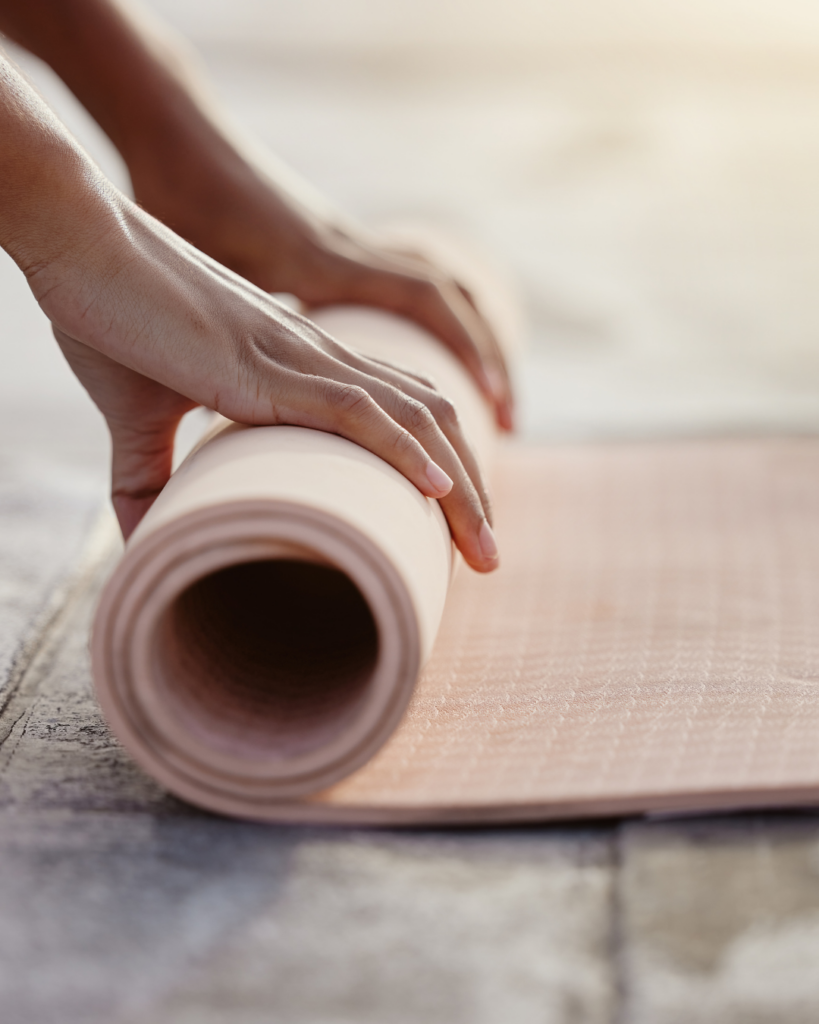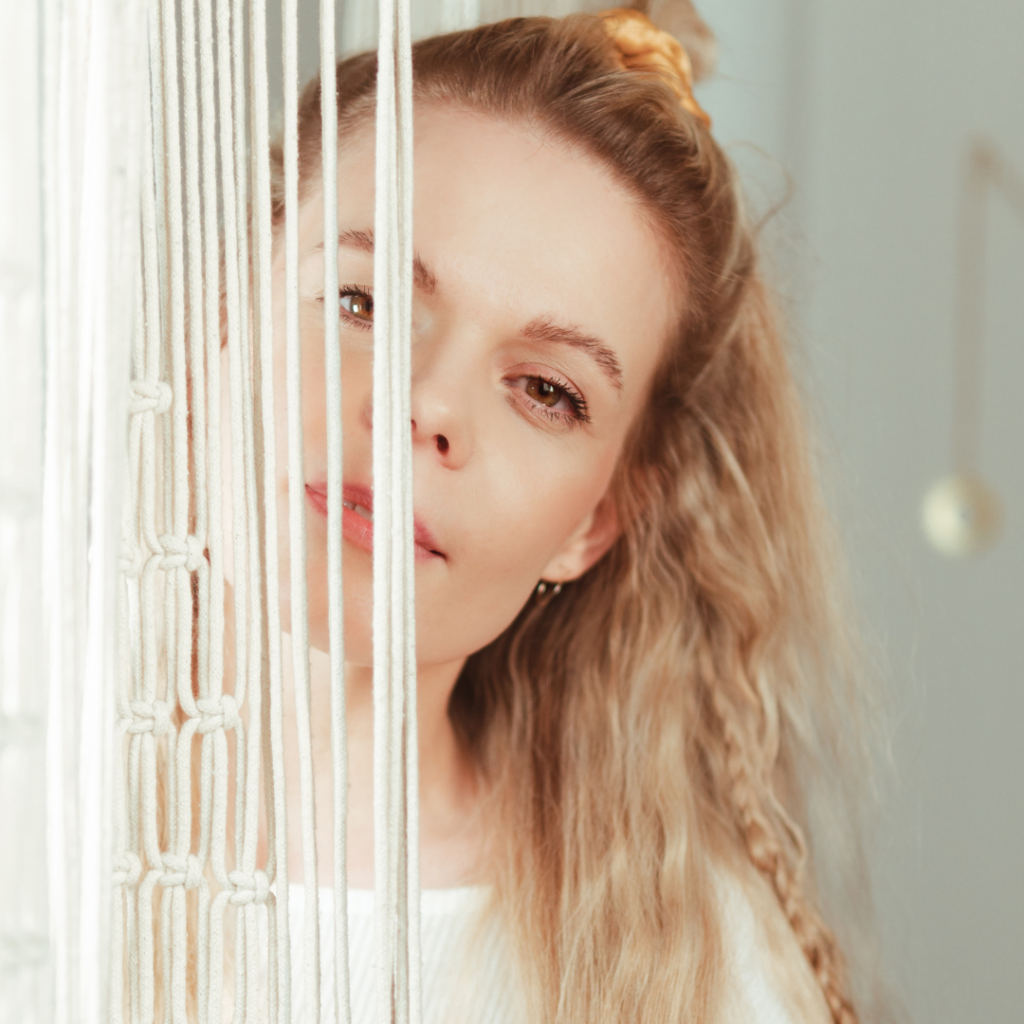Anyone who has read my personal story knows that I started Yin Yoga teacher training. Last year, I went through a phase where I had constant back pain and didn’t really know where it was coming from. Whenever I did Pilates or my usual yoga exercises, the tension seemed to worsen. So, I started browsing YouTube and found a wonderful Yin Yoga channel. The exercises felt amazing—not only did they bring me peace, but with regular practice, I managed to ease my back pain and feel more flexible again. I enjoyed the practice so much that I decided to dive deeper into it and began the training. I’m really looking forward to sharing exercises with you, but first, I still have a lot to learn. 😊
What Exactly Is Yin Yoga?
Yin Yoga is a calm and meditative form of yoga that focuses on holding poses for extended periods—typically between three to five minutes. Unlike dynamic yoga styles that emphasize muscle strength and movement, Yin Yoga aims to stretch and stimulate the connective tissues, joints, and fascia. This practice not only promotes physical flexibility but also encourages mental relaxation.
Yin Yoga gained popularity in the 1970s, thanks to Paul Grilley and other influential yoga teachers. It blends elements from various traditions, including Hatha Yoga, Tai Chi, and Chinese medicine. The philosophy of Yin Yoga is strongly influenced by Taoist teachings, which emphasize the balance between Yin (passive, soft) and Yang (active, hard). While Yang exercises activate and strengthen muscles, Yin Yoga focuses on stretching and relaxing the body’s inner structures.
The Principles of Yin Yoga:
- Holding the Positions: In Yin Yoga, the asanas (poses) are held for longer periods to stretch the body and stimulate the connective tissue. This enhances flexibility and helps you develop a deeper awareness of your own body.
- Mindfulness and Meditation: Yin Yoga encourages mindfulness and connection to your breath. It’s a chance to quiet your mind and immerse yourself in silence.
- Physical and Energetic Alignment: Emphasizing correct alignment helps release both physical and energetic blockages. The focus is on the sensations within your own body.
- Combination of Yin and Yang: Yin Yoga is an ideal complement to more active yoga styles, helping you find a balance between tension and relaxation.
Practice Tips:
- Create a Quiet Environment:
Choose a peaceful place where you can practice without distractions. Dim the lights, light a candle, or use essential oils to create a calming atmosphere. - Use Props:
Props such as blocks, cushions, and blankets can help you hold the poses comfortably and support your body. These tools allow you to maintain the asanas passively without straining yourself. - Listen to Your Body:
In Yin Yoga, it’s essential to pay attention to your body’s signals. Avoid pushing into discomfort. Instead, find a position that feels comfortable and stay there. - Breathe Deeply and Mindfully:
Focus on your breath during practice. Slow, deep breaths help calm your mind and relax your body. Try to synchronize your breath with gentle movements. - Start with Simple Poses:
If you’re new to Yin Yoga, begin with basic poses like Butterfly (Baddha Konasana), Forward Fold (Paschimottanasana), or Child’s Pose (Balasana). These gentle asanas will help you get accustomed to the practice. You can find guided videos of these exercises on various YouTube channels.
Whether you’re an experienced practitioner or just starting out, Yin Yoga offers a beautiful way to reconnect with your body and find inner peace. Embrace the stillness and let your body and mind unwind.Yin Yoga can help you establish a deeper connection with your body and feels really good!

